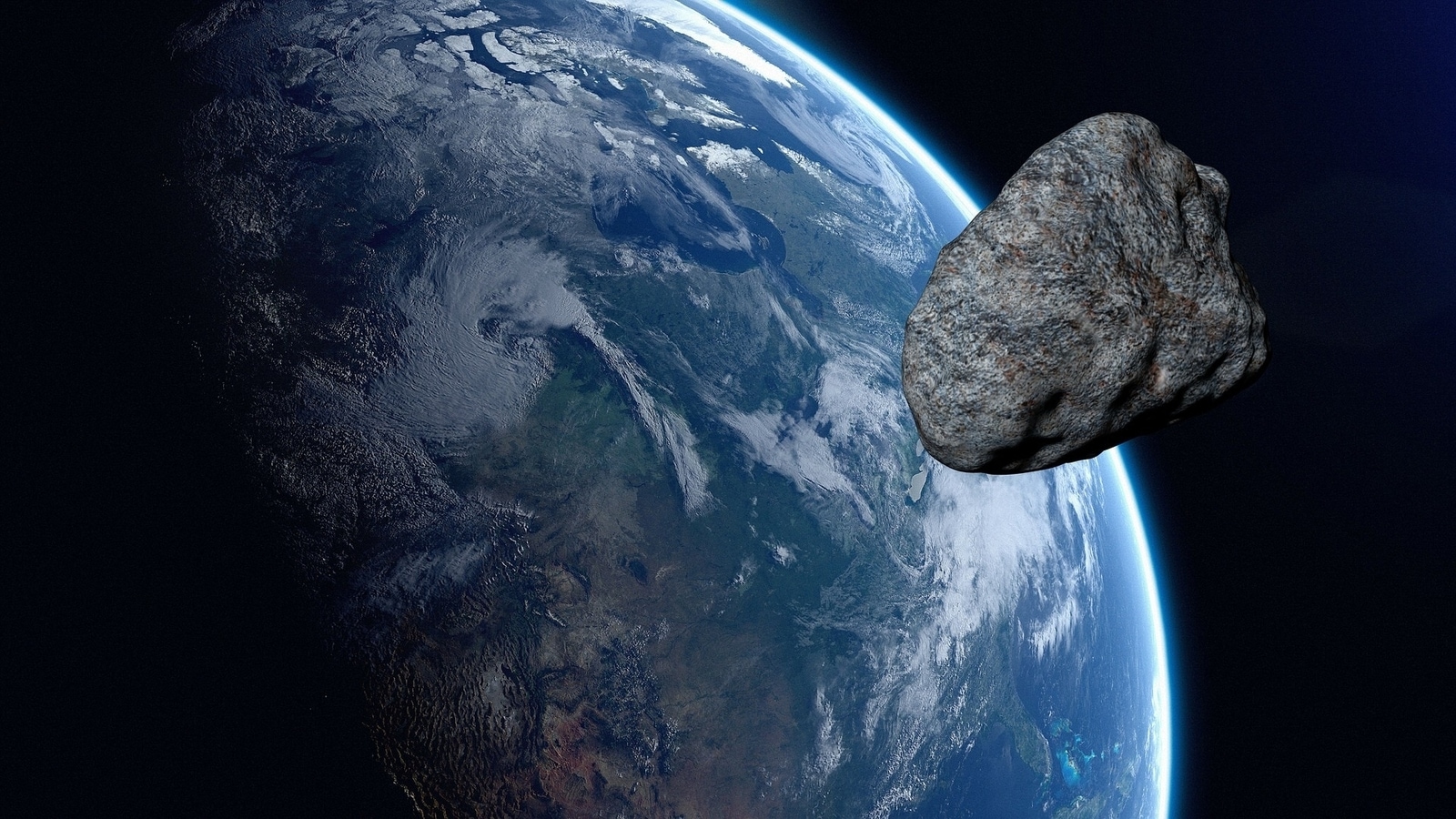Space agency NASA has issued another warning about an asteroid which is hurtling towards Earth today. Does it pose a threat to the planet?
September has been a month full of asteroid flybys with nearly 30 asteroids passing by Earth and that too in uncomfortably close proximity. Astonishingly, four asteroids passed by Earth closely yesterday alone, making it one of the most frequent asteroid flyby periods we have had this month. NASA’s Planetary Defense Coordination Office keeps an eye on these space rocks for any potential danger to Earth. Now, NASA has warned that another asteroid is heading our way.
Asteroid 2022 SY4 hurtling towards Earth today, Sept 26
Most of the asteroids are observed with the help of the top technologically empowered gadgets. In this instance, NEOWISE Project repurposed NASA’s Wide-field Infrared Survey Explorer to work as a survey telescope and scan the sky for Near-Earth Objects. NASA then uses its ground-based radar to gather precise data about the asteroid’s path and its characteristics.
Using these instruments, NASA has issued a warning about an asteroid named Asteroid 2022 SY4 which is hurtling towards the planet. The asteroid will make its closest approach to Earth today, September 26, at a distance of just 920,000 kilometers. The asteroid is already on its way towards us, travelling at a staggering speed of 42,228 kilometers per hour, according to NASAs
According to the-sky.org, Asteroid 2022 SY4 was discovered very recently on September 20 and belongs to the Apollo group of asteroids orbiting in the main asteroid belt near Jupiter. The asteroid takes almost 755 days to complete one orbit around the Sun during which its maximum distance from the Sun is 362 million kilometers and nearest distance is 124 million kilometers.
Tech behind asteroid tracking
NASA keeps a watch on these asteroids by studying data collected by various telescopes and observatories such as the Pan-STARRS, the Catalina Sky Survey and the NEOWISE telescope. NASA also has a NEO Surveyor mission planned for launch in 2026 to gain even greater in-depth data using a new orbiter.
NASA also has a new impact monitoring system in place which uses an algorithm called Sentry-II to calculate the impact risk of Near-Earth Objects. NASA can track the orbital path of the asteroid using this infrared data and can even predict its orbit years into the future.
-Travo News
for More
Like and Subscribe


